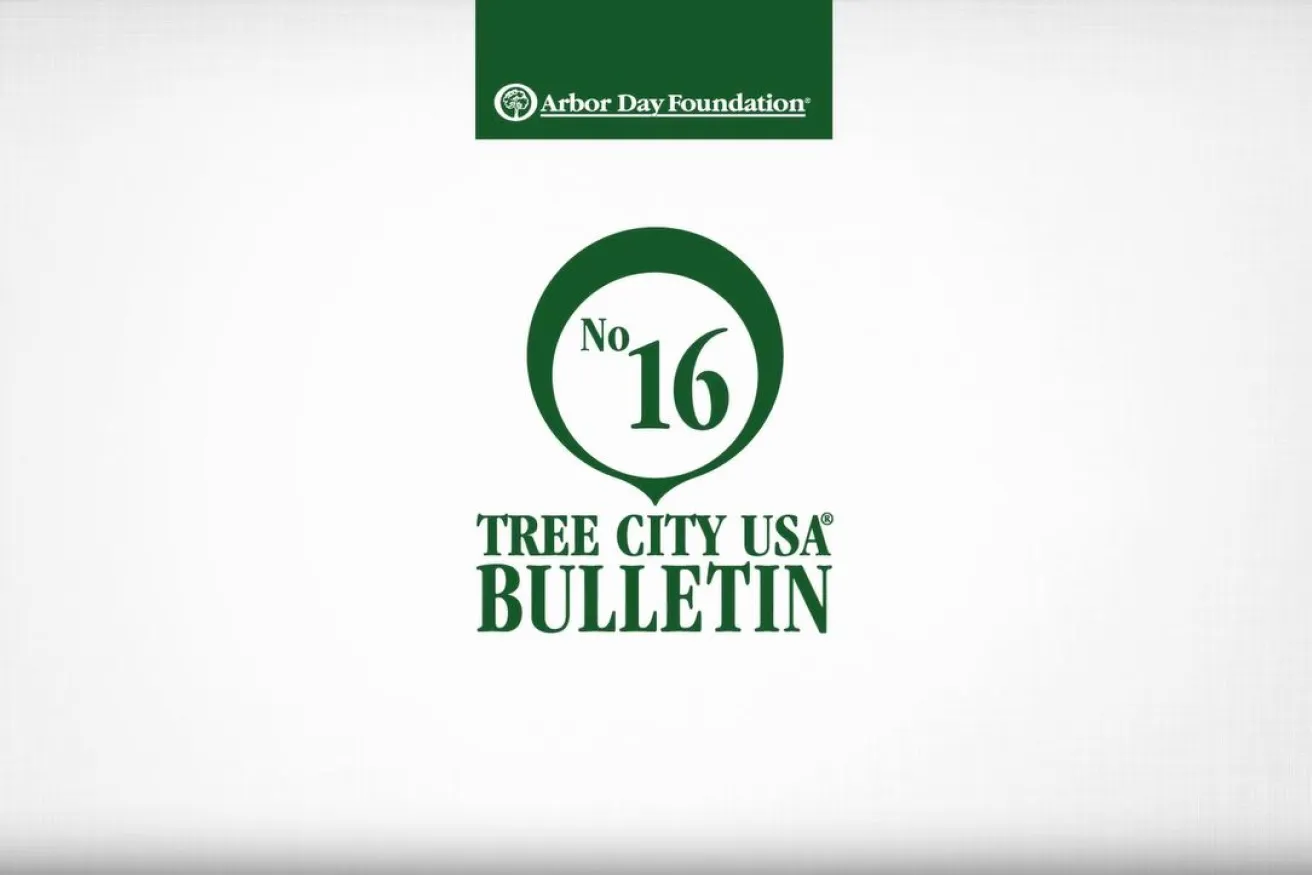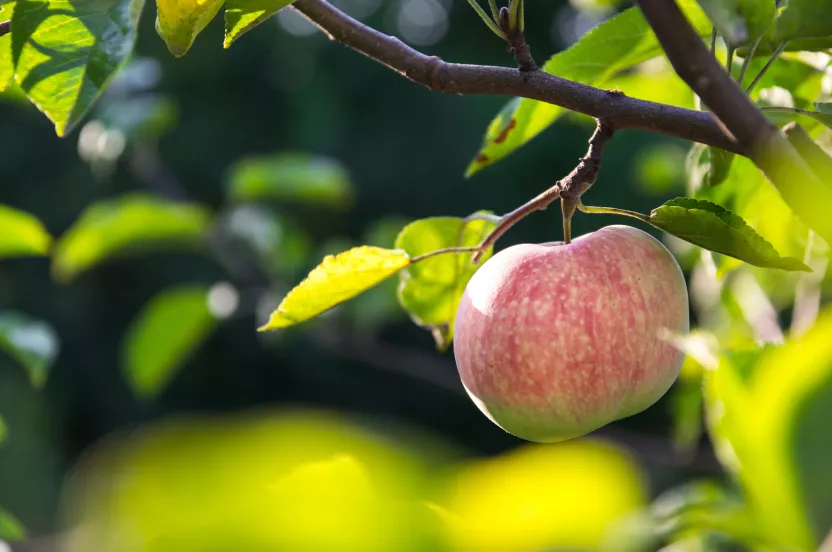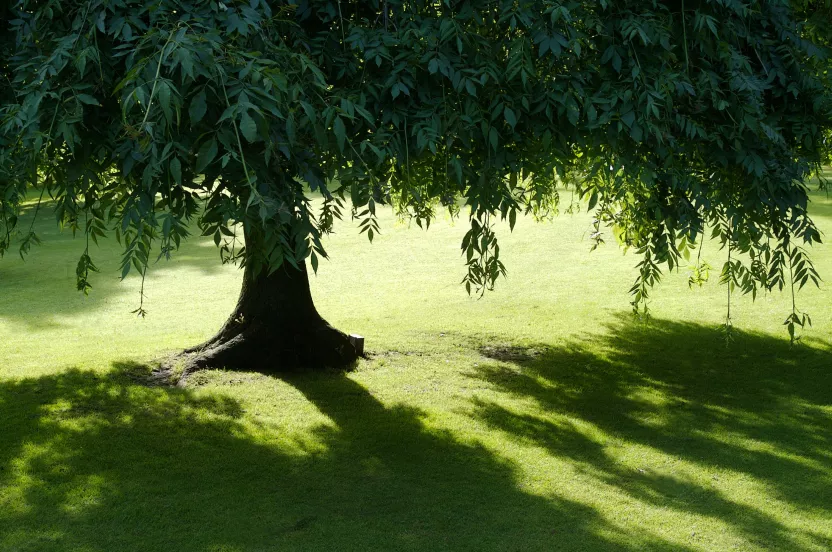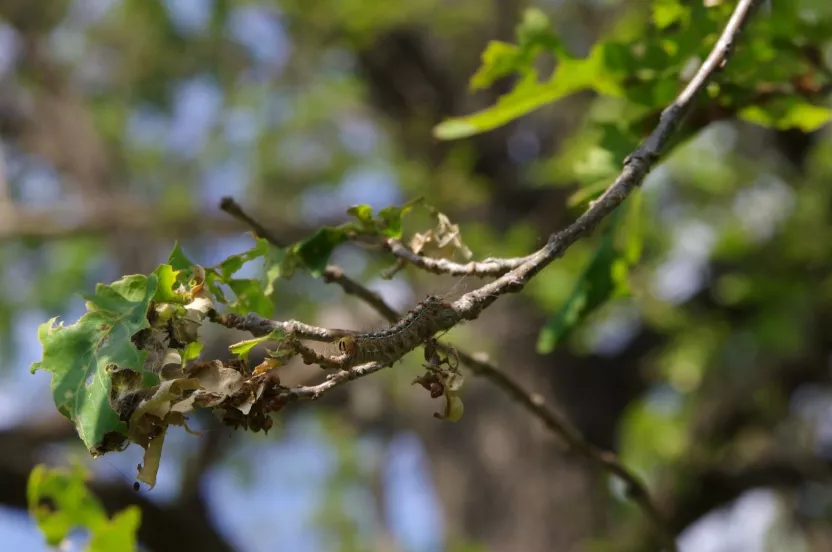The Arbor Day Foundation is pledging 10 million trees to areas impacted by hurricanes Helene, Milton Help us replant
Sustainability has almost become a household word in recent years. As a society we seem to be realizing that land and resources are limited and that stewardship is an increasingly important responsibility.
Yard waste alone contributes 18 percent of the nation’s waste, with an additional quantity coming from street trees, parks, campuses and other public places. Recycling simply must become part of the American way of life.
The Environmental Protection Agency reports that over 13 percent of the nation’s waste materials are from trees, bushes, grass clippings and other discarded vegetation. This equates to 34 million tons of material added to the landfills – and often at a cost to homeowners and taxpayers. The good news is you can use those clippings to create natural composts.
Watch: How Trees Can Retain Stormwater Runoff
[embed]https://youtu.be/dNlq49LU6IM[/embed]
How to Make a Compost Pile
- Place your compost pile on a soil of good drainage characteristics, or a layer of limbs. Boards, chicken wire, or other side frames can help hold the pile together if space is limited.
- Build successive layers of leaves (except walnuts) and other green matter. For more rapid decomposition, chop and mix components together.
- Cover each layer with 1” – 2” of soil (adding manure makes it even better).
- Sprinkle each layer with a balanced fertilizer (without weed killer) at a rate of 0.5 lb./10 sq. ft. (For garden use, add .5-1 lb. of lime/10 sq. ft.)
- During dry weather, keep the pile moist. In winter, cover top with black plastic to insulate and shed excess water.
- For aeration, place a vertical drain pipe or a post to wiggle occasionally.
- After the pile is built, turn it with a pitch fork after about 6 weeks. This will aerate and mix the pile and keep the bacterial processes from overheating.
Recycling shade tree material can be used to reduce the burden on landfills and contribute to making our homes and communities better places in which to live.
Purchase the full bulletin to read more tips on how to recycle leaves, branches, and wood chip mulch.





